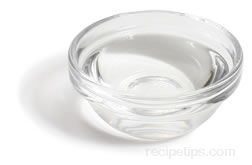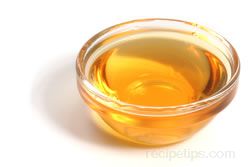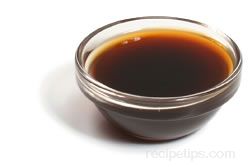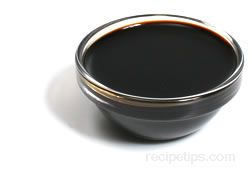Loading
Similar Content to: Vanilla Extract
back to Vanilla Extract

The distilled or evaporated oils of foods or plants (such as nuts, seeds, fruits, vegetables, herbs, spices, bark, buds, roots, leaves, meat, poultry, seafood, fish, dairy foods, or eggs) that are dissolved in an alcohol base or allowed to dry to be used as a flavoring. Food extracts as they are often labeled, are used to add a concentrated flavor to many food dishes, especially baked goods and desserts, without adding additional volume. Available in solid (cubes, granules or powdered), liquid or jelled form, extracts may be labeled as pure, natural or artificial. Pure and natural extracts are governed by laws in many countries that require compliance with procedures that take the extract ingredients directly from the named flavor, such as extracting oils directly from the vanilla bean to make pure or natural vanilla extract. Artificial extracts are flavors that do not necessarily use any ingredients directly from a source named for the extract but instead used combinations of ingredients to arrive at a flavor representative of the named food extract, such as artificial lemon extract. Some of the most widely used extracts include vanilla, almond, anise, maple, peppermint, and numerous solid or jelled extracts such as beef and chicken bouillon or meat demi-glaces. As an example of how the pure and natural extract is made, vanilla extract is created by soaking vanilla beans in water and an alcohol-based solution where it ages for several months, during which time the vanilla flavor is extracted from the bean. Anise extract, a sweet licorice tasting flavoring, is produced by dissolving the oil of anise seeds into alcohol.
Grape extract is produced to assist with the wine making process. Compounds from the skin of grapes are extracted and added to the wine in order to impart tannin, color, and body into a wine. The characteristics of the wine can be changed dramatically by the amount of time the wine is in contact with the skins. If the grapes are in contact for too long, the resulting wine may be too potent, or what is sometimes called “over-extracted”.
Juices of fruits and vegetables are often extracted as juice extracts to be used similar to other food extracts, as a flavoring when preparing foods. A common utensil for the purpose of extracting lemon juice is available to assist with home recipes requiring a lemon flavoring.

Loading
Advertisement
Advertisement









